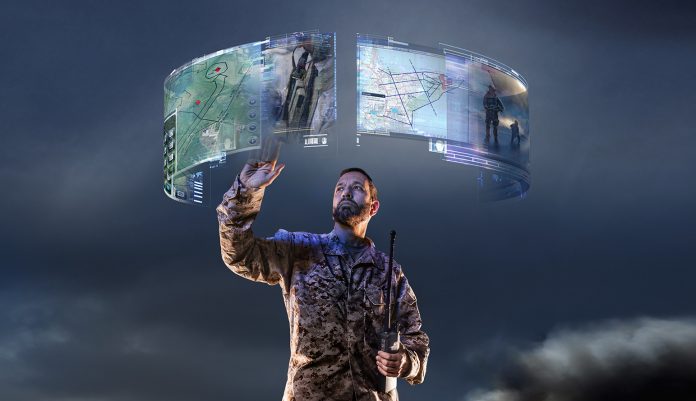It’s a known reality that the battlespace is already a congested (and noisy) communications environment with increasing demands for limited spectrum to connect Warfighters, providing them with mission enabling intelligence to give forces at the tactical edge the ability to detect and disrupt enemy communications. Spectrum limitations become more acute when operating in an anti-access/aerial denial (A2D2) environment, requiring operators to lean on RF networks.
Given that communications contributes strongly to mission success, operations planners are under significant pressure to ensure that the network will be available, reliable and secure.
Good communications do not happen simply by chance. Designing and managing a tactical network takes careful consideration of many mission-oriented and technical factors including: capabilities (voice, video, data) needed by all Warfighters on the ground and in the air; ranges and terrain features that can impede line of sight (LOS) communications; and the technologies being used by the enemy such as electronic warfare (EW)/jamming and signal tracking capabilities. Once the myriad inputs are considered, operations planners can determine the types of radios, antenna designs and locations, and waveforms needed to support tactical operations.
Assisting with the planning and ongoing network performance management are deployable tools that automate the decision-making process, saving planners and administrators time and resources. For example, these tools can conduct signal propagation analysis, testing and verification, a process that would be enormously time intensive if performed manually.
The data output from this automated planning process can be valuable to mission planners. The ability to show on the battlefield where LOS communications is degraded or unreliable can factor into decision-making about route planning, antenna positioning and other considerations.
As the battlespace becomes more crowded and congested, the importance and complexity of network planning will only increase. The ability to rapidly and accurately plan and manage the tactical network is an asset that gives our Warfighters an advantage that cannot be overstated.













